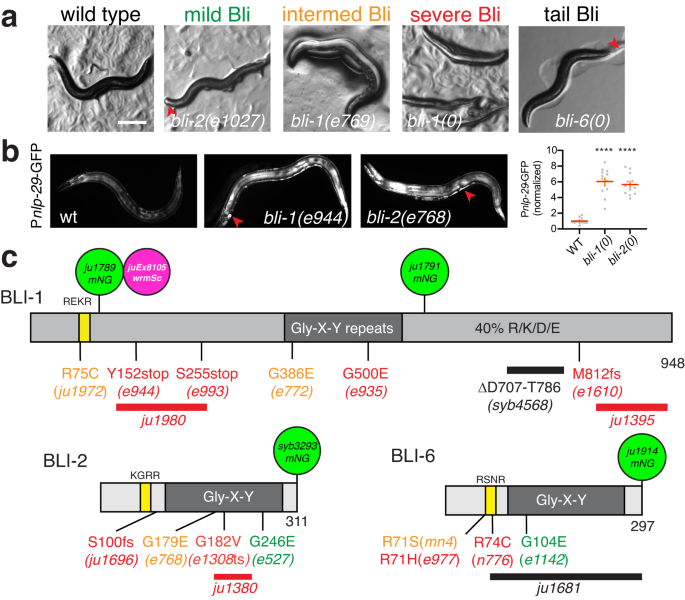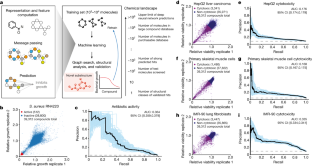2023-12-21 カリフォルニア大学サンディエゴ校(UCSD)
◆高性能な超解像顕微鏡を使用して、微細な支柱状構造である「ストラット」がaECM内で形成され、正確な発達と機能に重要な役割を果たすことが明らかになりました。線虫の透明な構造を利用して、研究者はこれらの構造をナノスケールで詳細に解析し、異なる層を結ぶ足場としてのストラットの重要性を明示しました。これにより、生物の複雑な構造の形成とパターン化に関する新しい理解が得られました。
<関連情報>
- https://today.ucsd.edu/story/inside-the-matrix-nanoscale-patterns-revealed-within-model-research-organism
- https://www.nature.com/articles/s41467-023-43058-9
線虫の先端細胞外マトリックスにおけるコラーゲンのナノスケールパターニング Nanoscale patterning of collagens in C. elegans apical extracellular matrix
Jennifer R. G. Adams,Murugesan Pooranachithra,Erin M. Jyo,Sherry Li Zheng,Alexandr Goncharov,Jennifer R. Crew,James M. Kramer,Yishi Jin,Andreas M. Ernst & Andrew D. Chisholm
Nature Communications Published:18 November 2023
DOI:https://doi.org/10.1038/s41467-023-43058-9

Abstract
Apical extracellular matrices (aECMs) are complex extracellular compartments that form important interfaces between animals and their environment. In the adult C. elegans cuticle, layers are connected by regularly spaced columnar structures known as struts. Defects in struts result in swelling of the fluid-filled medial cuticle layer (‘blistering’, Bli). Here we show that three cuticle collagens BLI-1, BLI-2, and BLI-6, play key roles in struts. BLI-1 and BLI-2 are essential for strut formation whereas activating mutations in BLI-6 disrupt strut formation. BLI-1, BLI-2, and BLI-6 precisely colocalize to arrays of puncta in the adult cuticle, corresponding to struts, initially deposited in diffuse stripes adjacent to cuticle furrows. They eventually exhibit tube-like morphology, with the basal ends of BLI-containing struts contact regularly spaced holes in the cuticle. Genetic interaction studies indicate that BLI strut patterning involves interactions with other cuticle components. Our results reveal strut formation as a tractable example of precise aECM patterning at the nanoscale.


